Understanding HIPAA Compliance in Storage Solutions
For healthcare providers, maintaining HIPAA compliance isn’t just about in-office practices – it extends to every aspect of medical record and equipment storage. This comprehensive guide will help you navigate the complexities of HIPAA-compliant storage solutions, ensuring your practice maintains both security and accessibility.
Key Requirements for HIPAA-Compliant Storage
Before diving into specific solutions, it’s essential to understand the fundamental requirements of HIPAA-compliant storage:
- Physical safeguards for stored materials
- Access control and monitoring systems
- Environmental controls for sensitive documents
- Regular security assessments
- Proper disposal procedures
Choosing the Right Storage Solution
When selecting a storage facility for your medical practice, consider these critical factors:
Climate Control
Temperature and humidity control are essential for preserving medical records and sensitive equipment. Look for facilities that maintain consistent environmental conditions to prevent degradation of paper records and electronic storage media.
Security Features
Essential security elements include:
- 24/7 surveillance systems
- Individual unit alarms
- Controlled access points
- Security lighting
- Professional on-site management
Organizing Medical Records and Equipment
Proper organization is crucial for maintaining HIPAA compliance and efficient practice operations:
Document Storage
Implement these best practices for document storage:
- Use sealed, waterproof containers
- Label everything clearly without revealing patient information
- Maintain an inventory system
- Create a check-in/check-out procedure
Medical Equipment Storage
Protect valuable medical equipment with these guidelines:
- Use appropriate padding and covering
- Store in climate-controlled units
- Keep detailed equipment logs
- Implement regular maintenance checks
Maintaining Compliance During Transitions
Whether you’re relocating your practice or temporarily storing records, maintaining HIPAA compliance during transitions is critical:
Moving Records
- Use secure, locked containers
- Transport with authorized personnel only
- Maintain chain of custody documentation
- Verify security at both origin and destination
Emergency Preparedness and Access
Develop a comprehensive plan for emergency situations:
- Create backup systems for electronic records
- Establish emergency access procedures
- Maintain updated contact lists
- Regular testing of emergency protocols
Regular Audits and Updates
Maintain ongoing compliance through:
- Scheduled security assessments
- Regular inventory checks
- Updated access logs
- Periodic staff training
Choosing a Storage Partner
When selecting a storage facility partner, ensure they:
- Understand HIPAA requirements
- Provide appropriate security measures
- Offer climate-controlled options
- Have experience with medical practices
- Maintain proper insurance coverage
Conclusion
HIPAA-compliant storage is a crucial aspect of managing a medical practice. By following these guidelines and working with a reputable storage partner, you can maintain compliance while ensuring efficient access to your medical records and equipment. Regular reviews and updates of your storage procedures will help maintain the highest standards of security and compliance for your practice.





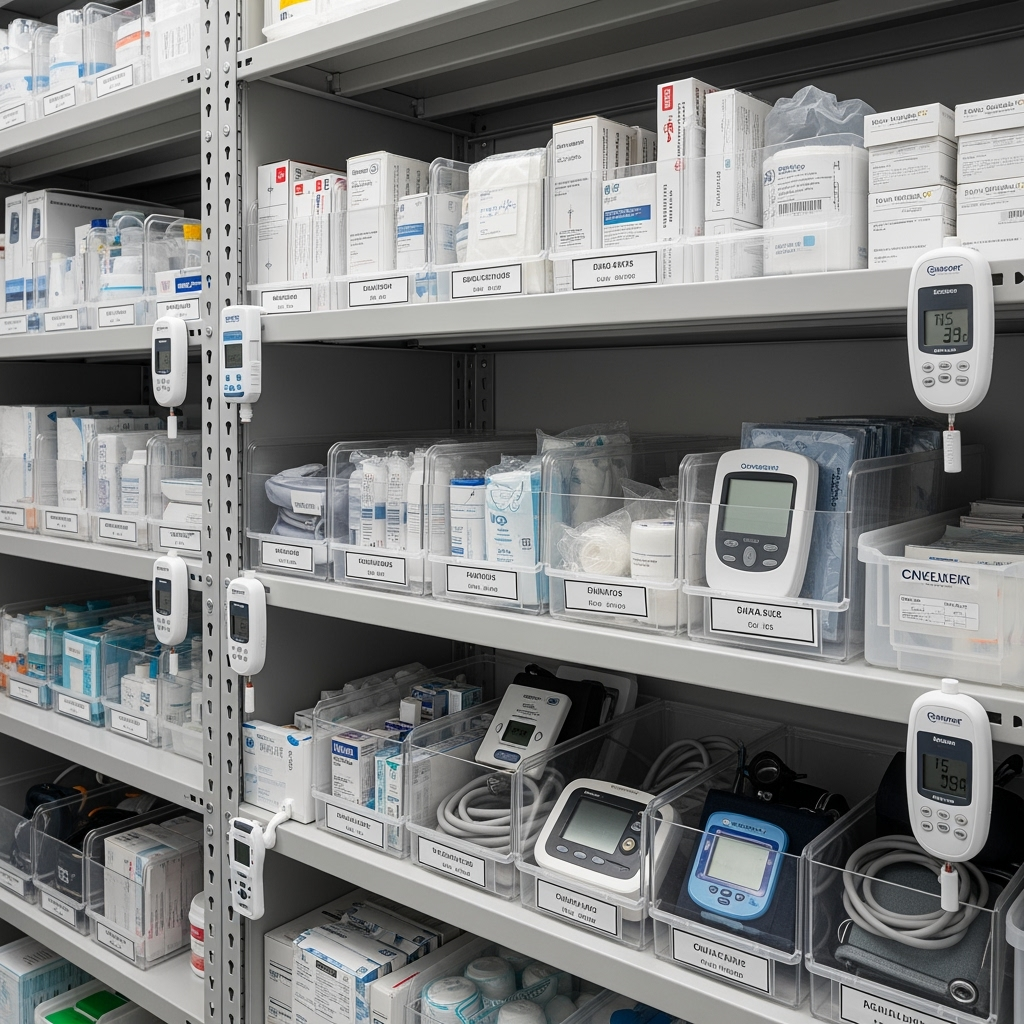
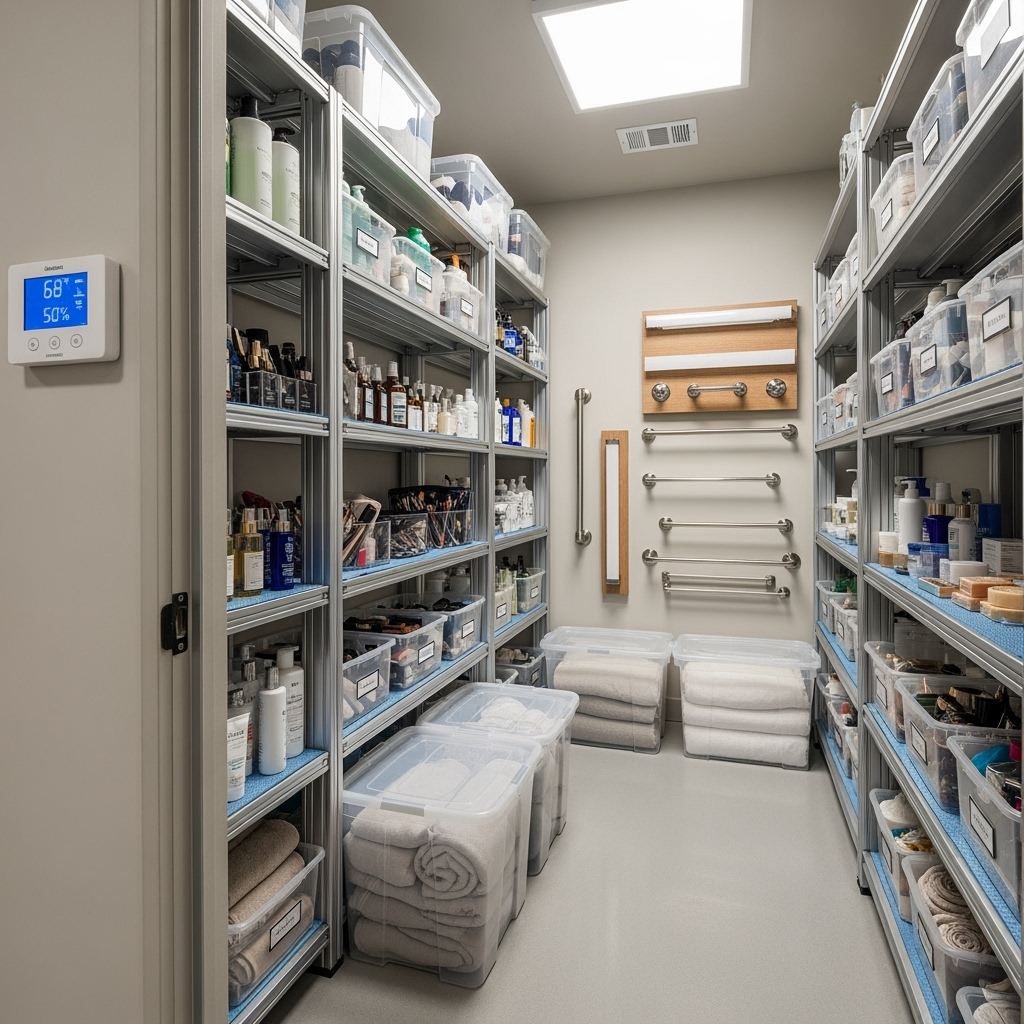
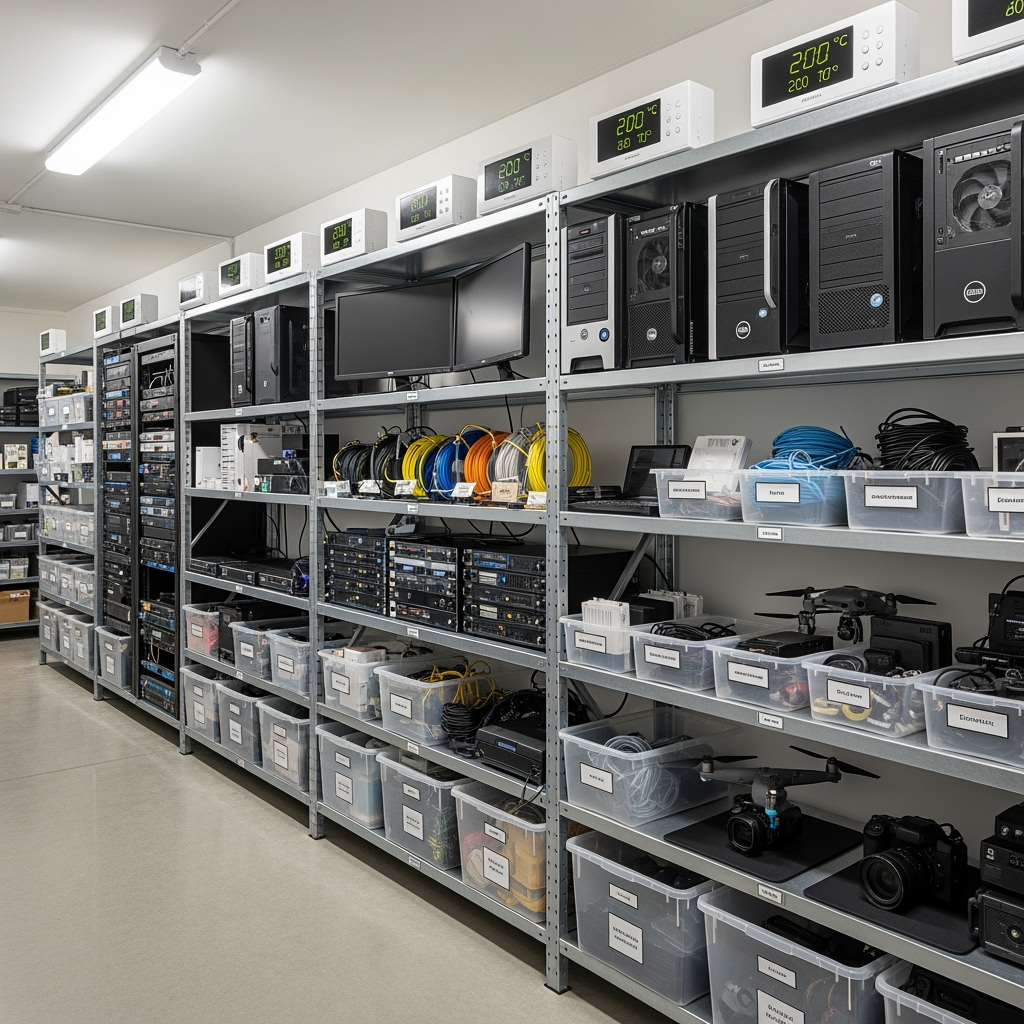
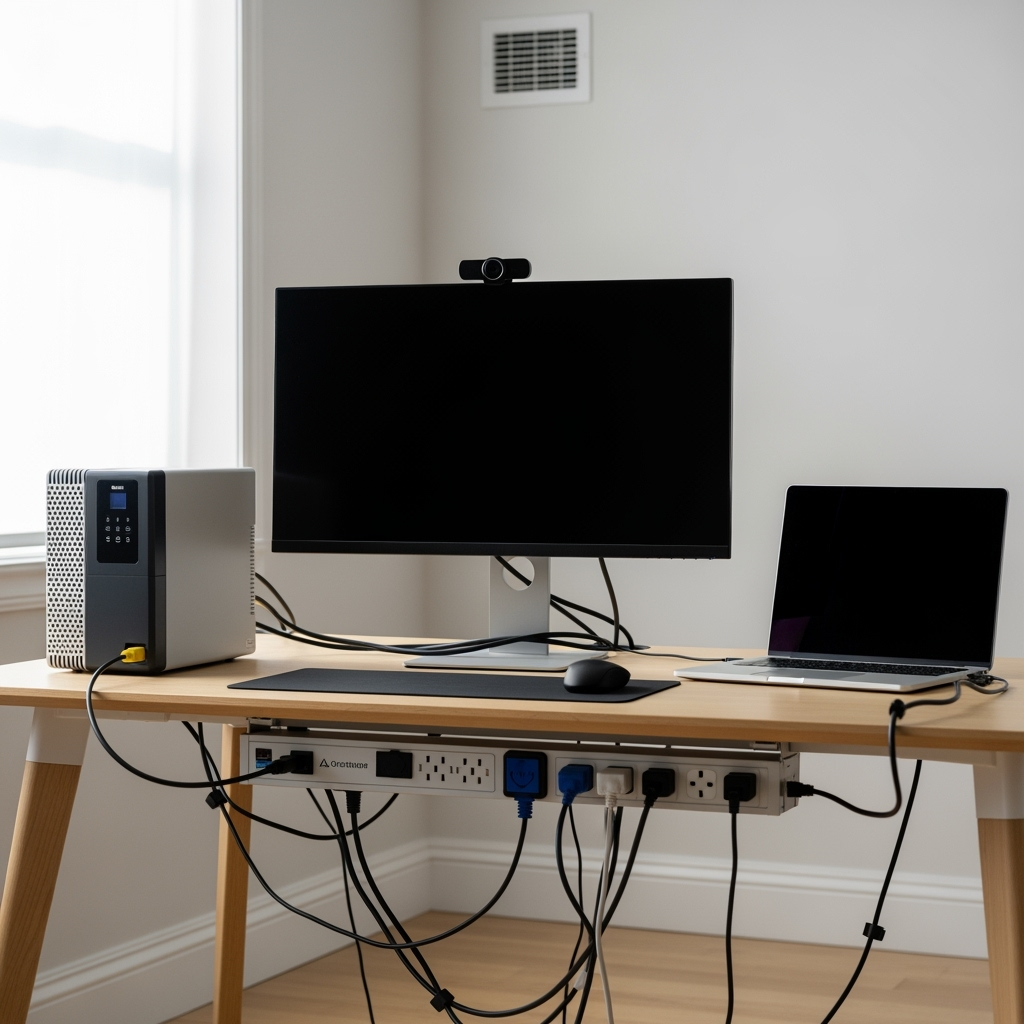
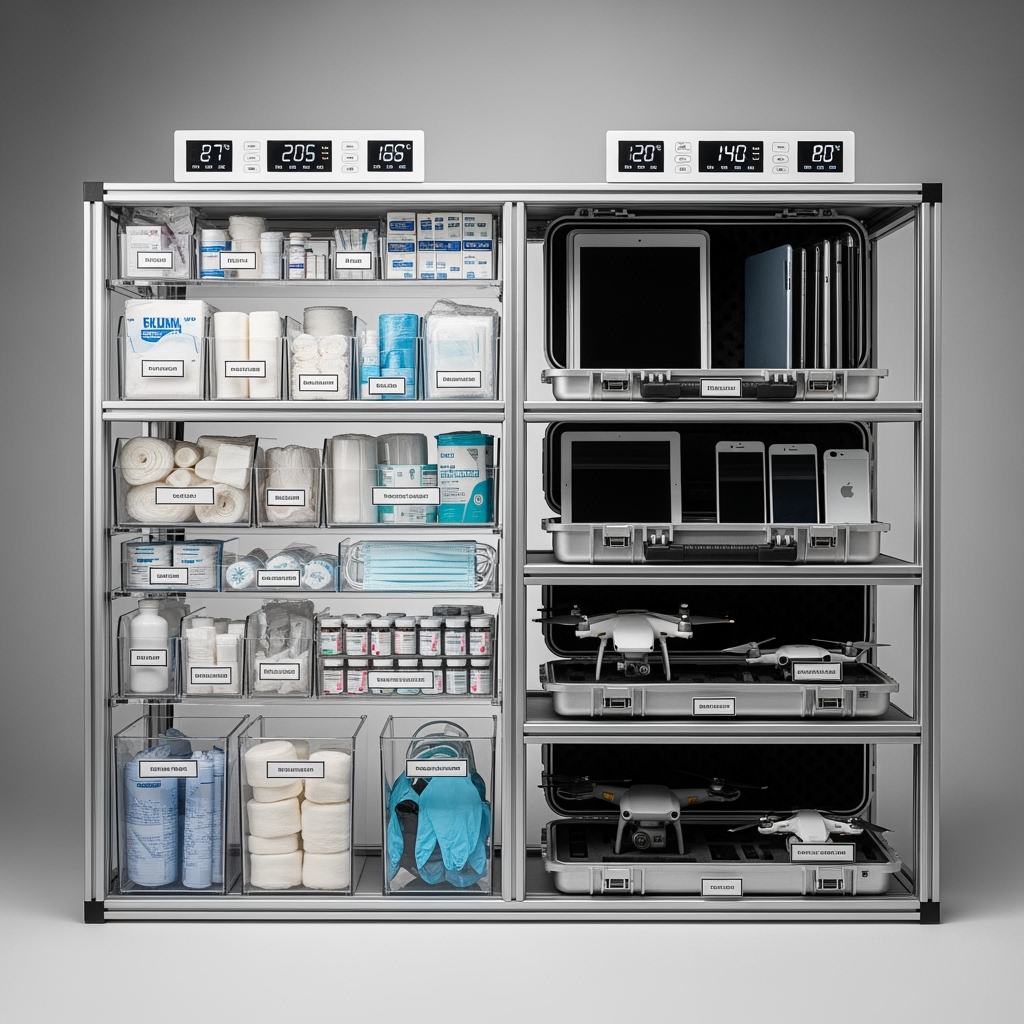
Leave a Reply